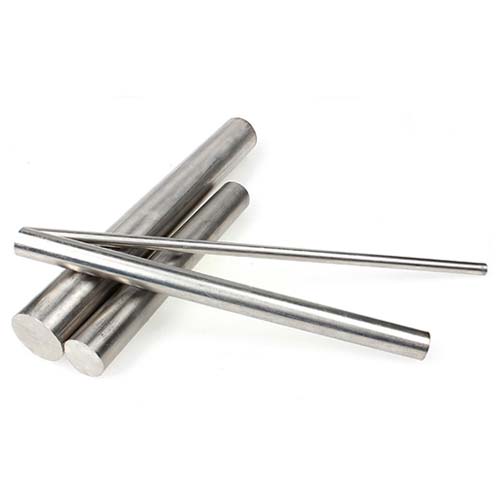ASTM B348 / B348M Grade 26H
Chemical Properties
| Elements | Composition % |
|---|---|
| Nitrogen, max | 0.03 |
| Carbon, max | 0.08 |
| Hydrogen,B,C max | 0.015 |
| Iron, max | 0.30 |
| Oxygen, max | 0.25 |
| Ruthenium | 0.08 - 0.14 |
| Residuals,D,E,F max each | 0.1 |
| Residuals,D,E,F max total | 0.4 |
| TitaniumG | balance |
Mechanical Properties
| Grade | Tensile Stength, min | Yield Stength (0.2 % Offset) min or range | Elongation in 4D, min, % |
Reduction of Area min, % |
||
|---|---|---|---|---|---|---|
| ksi | Mpa | ksi | Mpa | |||
| 26HB,C | 58 | 400 | 40 | 275 | 20 | 30 |
